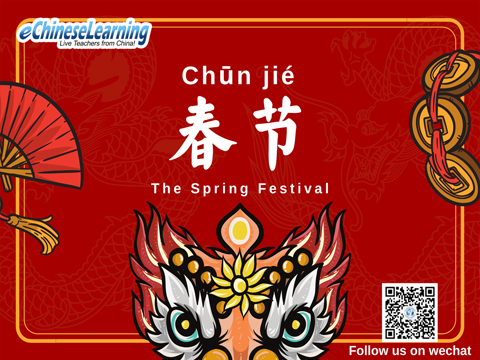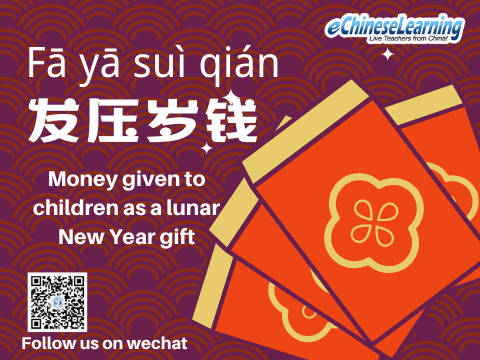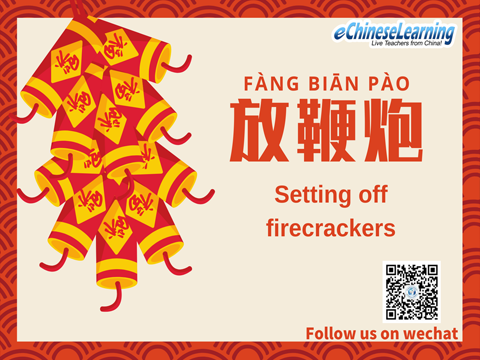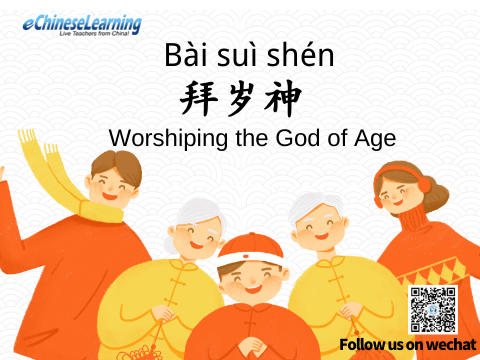
What do red envelopes, dumplings, and spring cleaning have in common?
The Chinese New Year, of course! The new year follows the lunar calendar and is also called the Spring Festival. This year, 2020, it will be on January 25 so if you have the opportunity to partake in the festivities you should experience it at least once in your lifetime. It’s one of the grandest Chinese holidays which spans a week and features the essence of Chinese culture and embodies traditional beliefs.
Chinese New Year is associated with several myths and customs including interesting auspicious beliefs. By exploring the various historically significant traditions you will get a deeper understanding of China’s rich history and the customs that persist to this day. Many of the rituals have meaning beyond what meets the eye. Even things you may already be familiar with seeing have a rhyme to their reason. Speaking of rhyme, poetry is a good place to start the introduction of Chinese traditions during the Spring Festival.
1. “贴春联” (Tiē chūn lián) —— Sticking couplets
In Chinese poetry, a couplet is a pair of lines of poetry that adhere to certain rules. Beyond poems, “春联” (Chūn lián) are usually seen on either side of doors on people’s homes during Chinese New Year with phrases written on them to attract happiness, prosperity, and other hopeful thoughts for the coming year.

2. “发压岁钱” (Fā yā suì qián) —— Money given to children as a lunar New Year gift
The family elders give red envelopes enclosed with money that was prepared in advance to the younger generation on New Year’s Eve. The original intention of new year’s money was to ward off evil spirits (New year’s money is seen as a way to ward off evil spirits because people think children are vulnerable to deceitful spirits).

3. “放鞭炮” (Fàng biān pào) —— Setting off firecrackers
In ancient times, people used loud sounds such as exploding fireworks to expel a monster named “Nian” that intended to harm people and livestock. Although the practice seems antiquated and full of superstition, it has evolved to represent a lively expression of celebration thus it persists to modern-day. Now people set off firecrackers on the first day of the first month in the New Year and may continue throughout the Spring Festival, symbolizing the expulsion of undesirable things and greets the arrival of the new year.

4. “拜岁神” ( Bài suì shén) —— Worshiping the God of Age
On the morning of the first day of the new year, many families burn incense to salute heaven and earth and worship the God of the year as well as make offerings to their ancestors. After that, they pay homage to the forefathers in turn, and then to congratulate relatives and friends.

Note that China’s various regions each have their own specific traditions and activities to honor old deities and ancestors. The New Year is also celebrated in countries that have been influenced by or have similarities with China. It is also a public holiday in countries such as Brunei, Indonesia, Malaysia, North Korea, Singapore, South Korea, and Vietnam. At times the celebration dates may deviate by a day or even an entire moon cycle due to time zones and other calendar discrepancies.
Make Learning Mandarin Chinese Your New Year’s Resolution

1. In an effort to wish children good luck, what do elders do during the New Year in China?
A. “贴春联” (Tiē chūn lián)
B. “发压岁钱” (Fā yā suì qián)
C. “放鞭炮” (Fàng biān pào) is reckoned as a threat to “Nian” monster
D. “拜岁神” ( Bài suì shén) is to worship and honor deities




